国际和国内常用森林防火技术
国际上现有的森林防火报警技术:德国:FIRE-WATCH森林火灾自动预警系统德国投入使用的FIRE-WATCH森林火灾自动预警系统,正常监测半径10公里 ...
A CMOS sensor is a sensor that is typically 10 times slower than a CCD sensor. Because the human eye can see the target below 1 Lux illumination (full moon night), the CCD sensor can usually see slightly better than 0. 1 to 3 Lux, which is 3 to 10 times faster than the CMOS sensor.
Lens Analysis
1. Type of lens (categorized according to application)
Wide-angle lens: The angle of view is more than 90 degrees. The observation range is larger and the image is distorted.
Standard lens: The angle of view is about 30 degrees, and the range of use is wider.
Telephoto lens: within 20 degrees of viewing angle, focal lengths up to tens of millimeters or hundreds of millimeters.
Zoom Lens: The focal length of the lens is continuously variable, and the focal length can be changed from wide-angle to telephoto. The longer the focal length, the larger the image.
Pinhole lenses: Used for concealed observations, often mounted in places such as ceilings or walls.
2. The relationship between the size, distance, and focal length of the subject
Assume that the width and height of the subject are W, respectively. H, the distance between the subject and the lens is L, and the focal length of the lens is F.
3. Relative aperture
In order to control the amount of light passing through the lens, an aperture is provided at the rear of the lens. Assuming that the effective aperture of the aperture is d, due to the relationship of light refraction, the effective effective aperture of the mirror light is D, which is greater than d, the ratio of D to the focal length f is defined as the relative aperture A, that is, A=D/f, the relative of the lens The aperture determines the illuminance of the captured image, and the illuminance of the image and the inverse of the relative aperture of the lens represent the aperture of the lens. The smaller the value of F, the larger the aperture, the greater the luminous flux reaching the CCD chip. Therefore, in the case of the same focal length f, the smaller the F value, the better the lens.
4. The focal length of the lens
1) Fixed Focal Length: The focal length is fixed and can be divided into two types: aperture and no aperture.
Aperture: The lens aperture can be adjusted in size. According to changes in the environment, the aperture should be adjusted accordingly. The size of the aperture can be adjusted manually or automatically. Manually adjusting the aperture is called a manual aperture. The lens comes with a micro motor that automatically adjusts the aperture, called the auto iris.
No aperture: fixed aperture, the amount of light is fixed. Mainly used when the light source is constant or the camera comes with an electronic shutter
2) Zoom: The focal length can be adjusted as needed to make the image of the subject zoom in or out. The commonly used zoom lens is a six-fold, ten-sale zoom.
Three variable and two variable lenses
Three variable lenses: Adjustable focus, focus, and zoom.
Two variable lenses: adjustable focus, focus, auto iris.
5. First lens principle
In order to obtain the desired camera effect, when selecting the lens, pay attention to six basic elements: A) The size of the subject B) The detail size of the subject C) The object distance D) The focal length E) The CCD camera The target Size F) Lens and Camera System Resolution
Procedure: Remove the lens tip and connect the lens. If using a CS lens, lower the C ring (5mm) and lock the CS lens unit. C-type lens can be installed directly. Connect the video output (BNC) to a monitor or other device. Plug in DC12V power/AC220V to check if the LED is on. When the image is blurred, adjust the lens focal length.
Lens C-Interface and CS-Interface Differences: Lens Mounting Classification All camera lenses are threaded, and the CCD camera lens mounts two industry standards, the C mount and the CS mount. Both threads have the same part, but they have different distances from the lens to the photosensitive surface. C mount: The distance from the lens mount reference surface to the focus is 17.526 mm. CS mount: Special C mount. At this time, remove the washer on the front of the camera and install the lens. The distance from the lens mounting plane to the focus is 12. 5mm. If a C mount lens is to be mounted on a CS mount camera, a lens converter is required.
国际上现有的森林防火报警技术:德国:FIRE-WATCH森林火灾自动预警系统德国投入使用的FIRE-WATCH森林火灾自动预警系统,正常监测半径10公里 ...

充氮保护:镜头腔体安装镜头后进行抽真空处理后冲入氮气并严格进行气密防护,以此来保护光学镜头并彻底解决镜头起 "水珠 "现象。信息反馈:反 ...
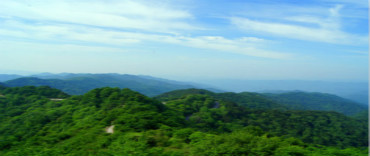
CMOS传感器是一种通常比CCD传感器低10倍感光度的传感器。因为人眼能看到1Lux照度(满月的夜晚)以下的目标,CCD传感器通常能看到比人眼略好 ...
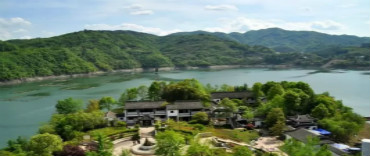
远程视频监控系统是一套基于先进的软硬件构架和图像压缩标准,采用先进的互联网技术和协议开发出的性能卓越、功能完备的新一代远程视频监控 ...

首先,将来自各摄像机的视频信号输入视频采集终端,然后,视频采集终端通过 MPEG-4图像压缩算法,将视频信号转换为25帧 秒的数字图像,并 ...
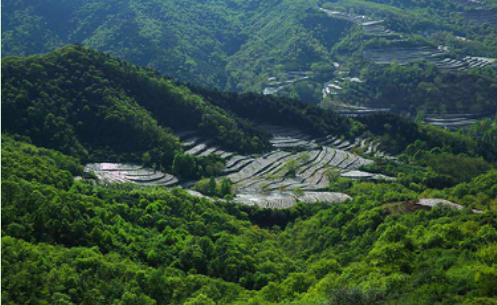
1、森林资源在国民经济建设中占有怎样的重要地位? 森林是人类宝贵的物质财富,是可再生的自然资源。森林除了为人类社会提供木材和林 ...
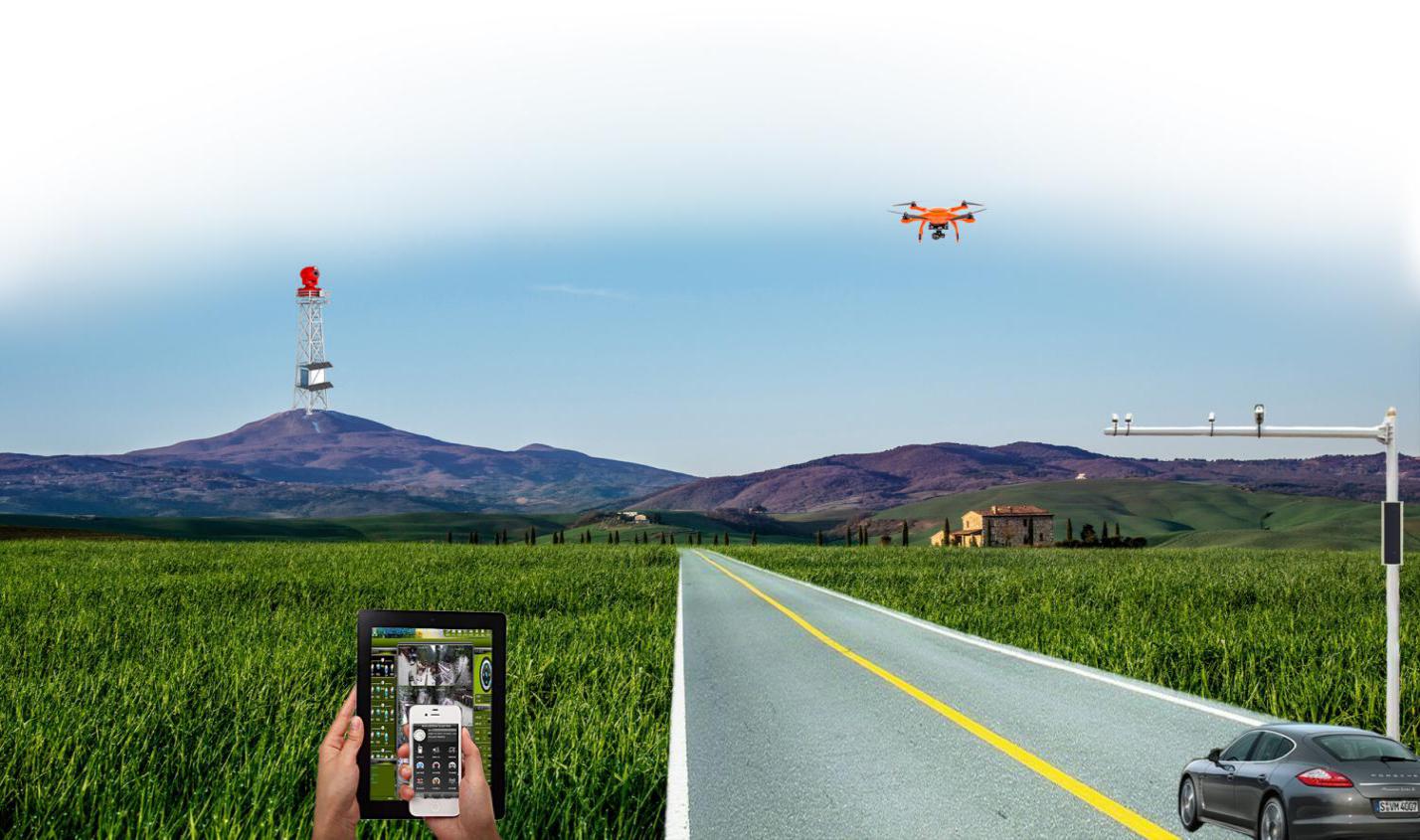
1、什么是森林火灾? 凡是失去人为控制,在林地内自由蔓延和扩展,对森林、森林生态系统和人类带来危害和损失的,超过一定面积的林火 ...
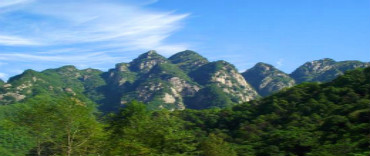
监控中心,由中心图像处理服务器、图像监视终端、图像处理软件、远程视频监控 联网报警软件组成,用于接收现场传输来的图像、及报 ...